In a stunning turn of scientific discovery, researchers at Stonehenge have pinpointed the origins of the monument’s central altar stone over 500 miles away in the far north of Scotland.
This revelation uncovers an unexpected level of social complexity and coordination among Britain’s ancient societies.
Tracing the Altar Stone’s Epic Route
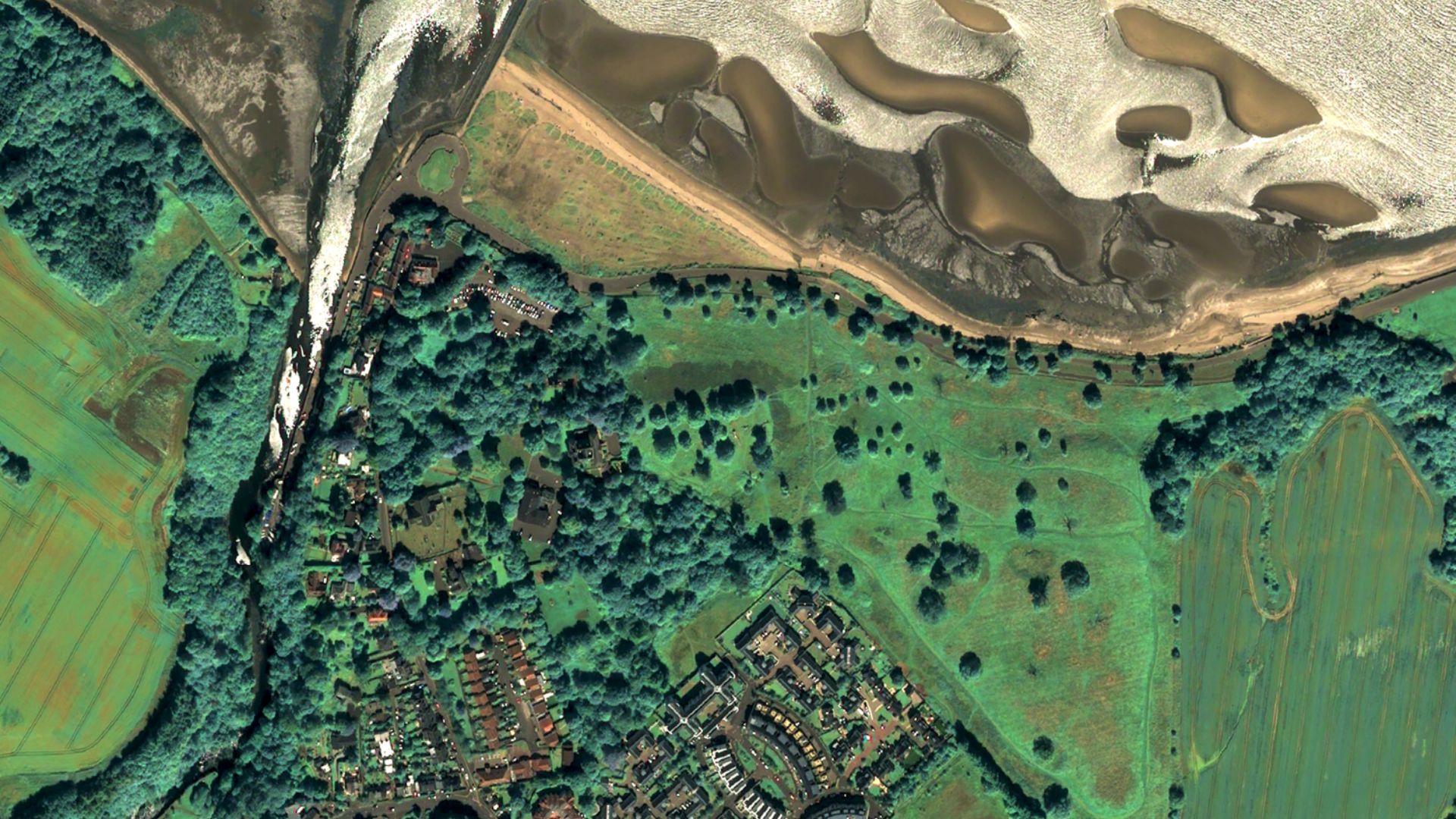
The altar stone’s journey from the rugged landscapes of northern Scotland to the plains of Stonehenge is a tale of ancient logistical prowess.
This feat required more than brute strength; it demanded precise planning and a society capable of incredible engineering feats.
Significant Findings from Dr. Ixer
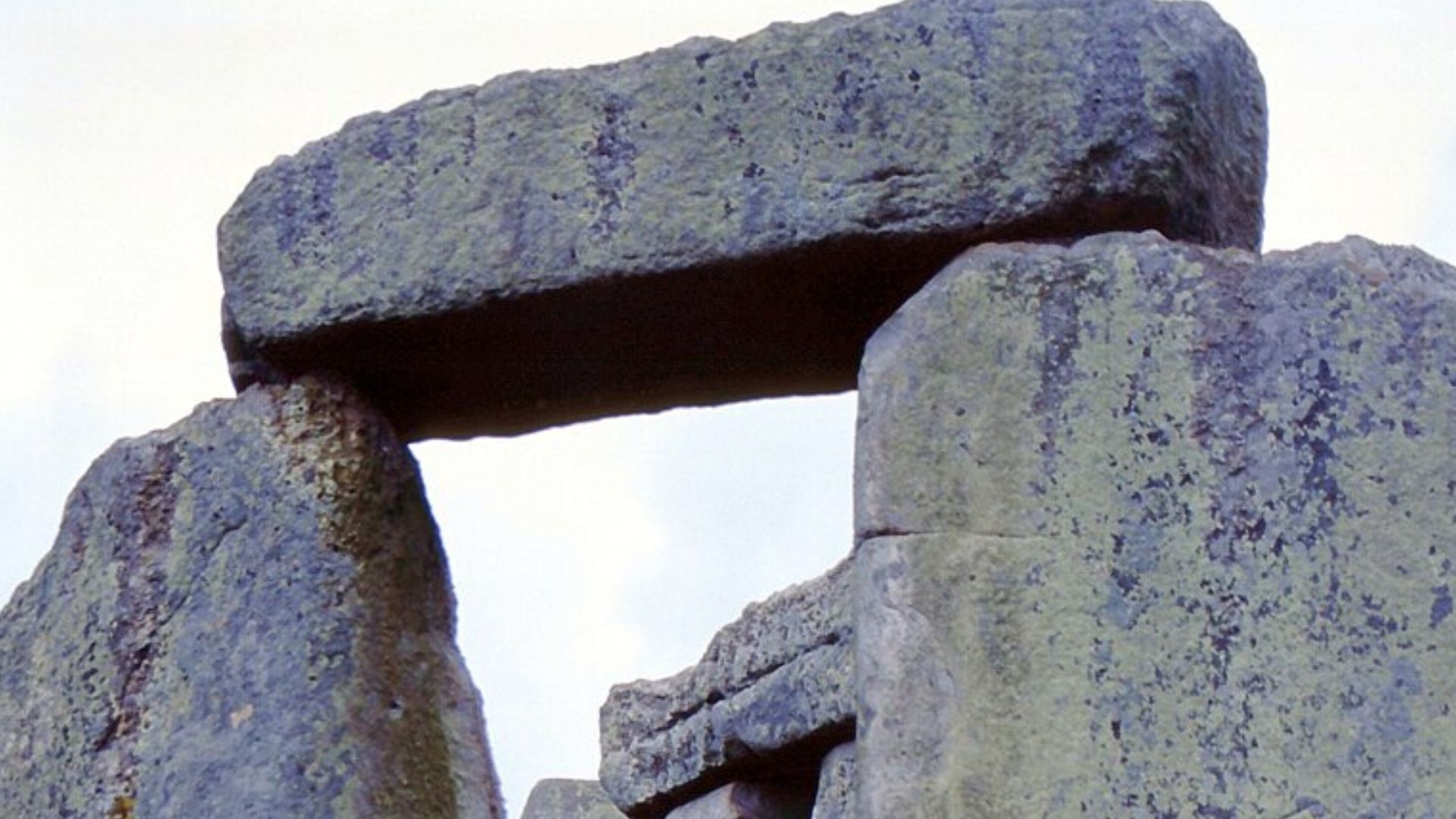
Dr. Robert Ixer, a senior research fellow at the Institute of Archaeology in London, has made a significant observation: “The fact that Stonehenge’s altar stone appears to come from mainland Scotland or Orkney has substantial implications for our understanding of Stonehenge itself and of Neolithic society in general,” he told The Guardian.
This connection has profound implications for our understanding of ancient British societies.
A New Chapter in Stonehenge’s History
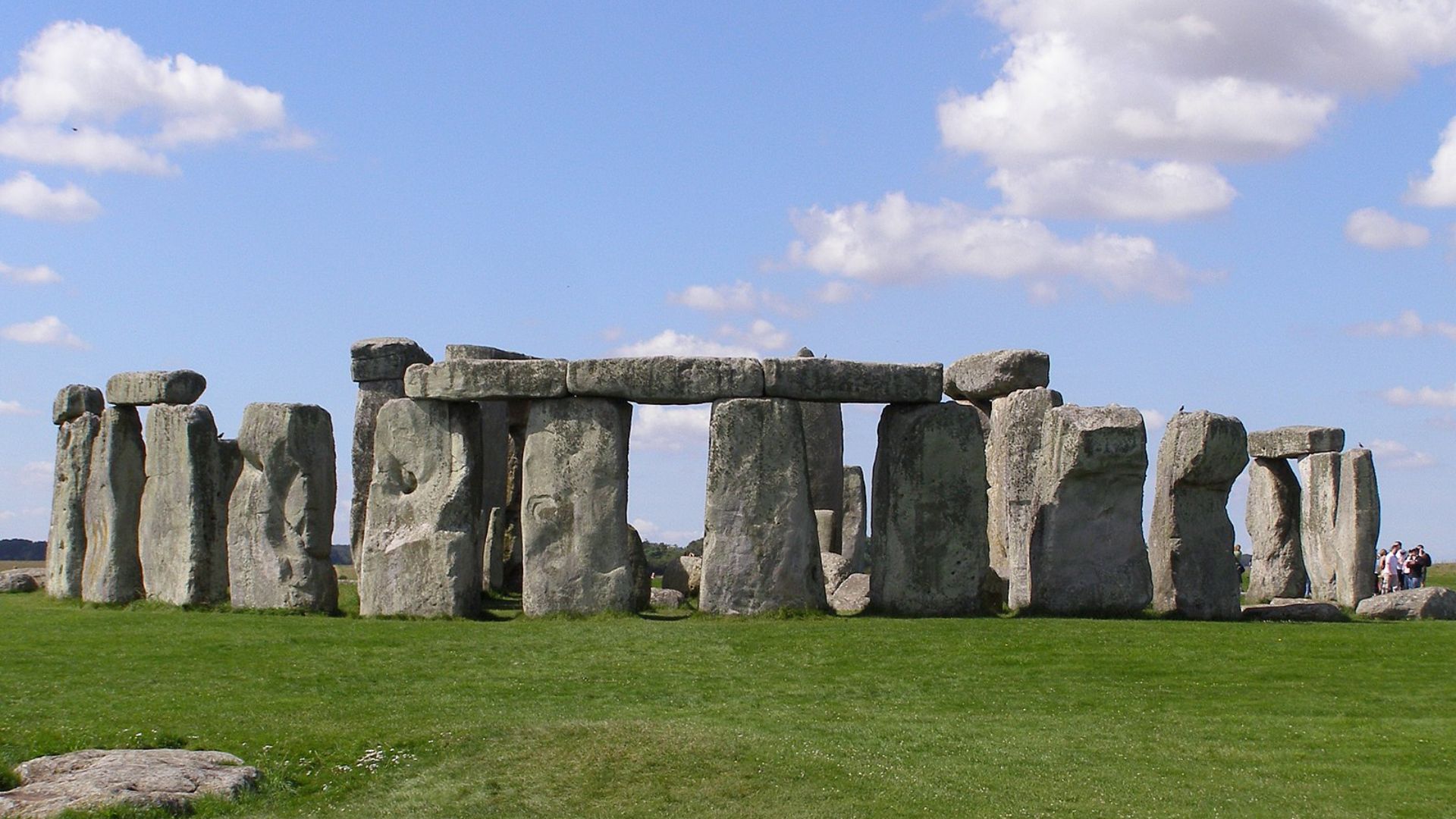
The newly discovered link between Stonehenge and Scotland alters our comprehension of how the monument was built, suggesting extensive collaborative efforts that spanned the length of Britain.
It appears that these ancient builders were united by shared spiritual and political ambitions, facilitating the movement of monumental resources.
Stone from Scotland Signals Wide Connections
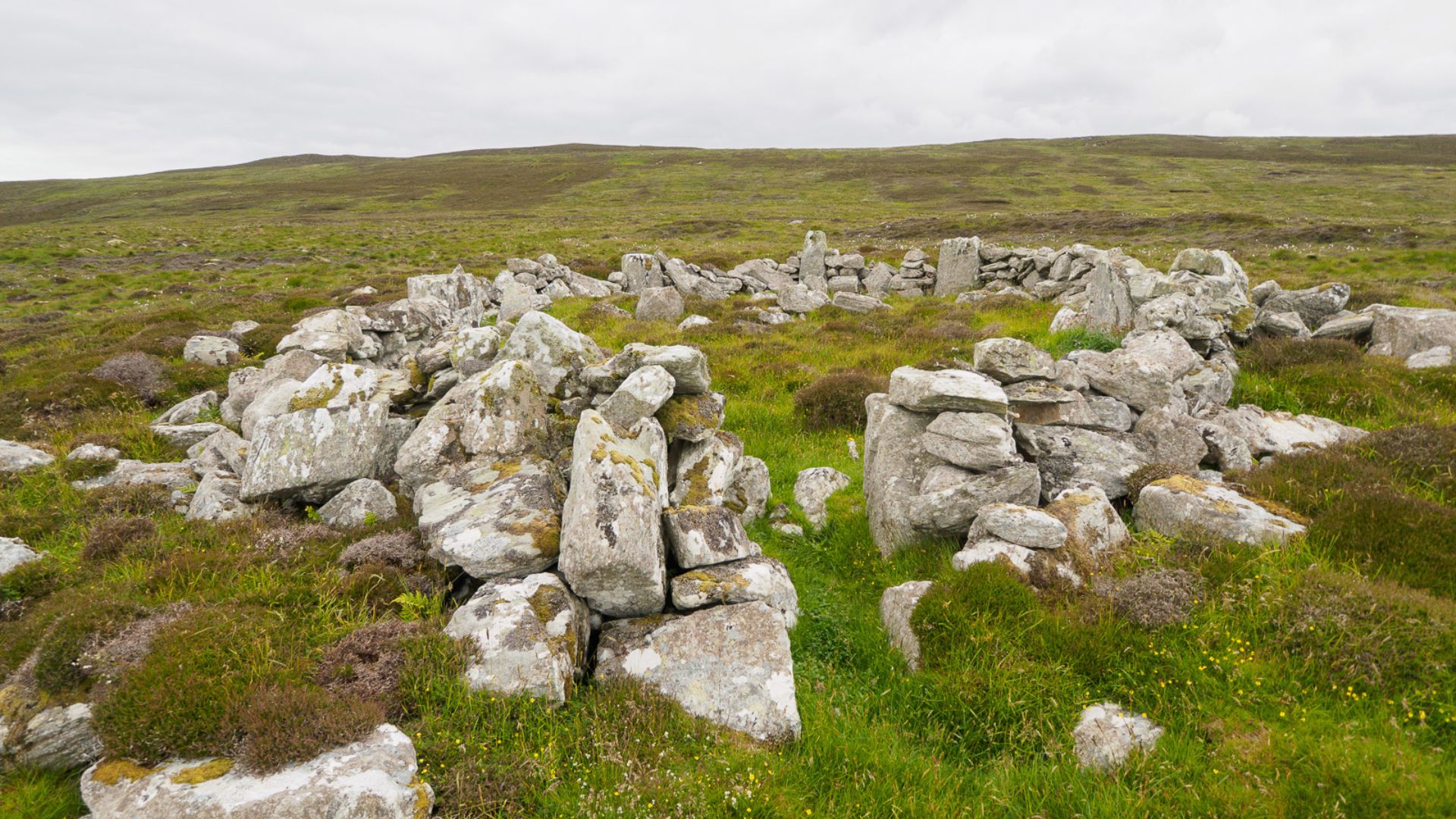
Selecting a Scottish stone for Stonehenge suggests that these ancient communities were not isolated but were instead part of a broader cultural or religious network.
This choice indicates that Stonehenge’s creators sought out special materials, embedding deep connections into the very fabric of the monument.
Neolithic Navigational Mastery
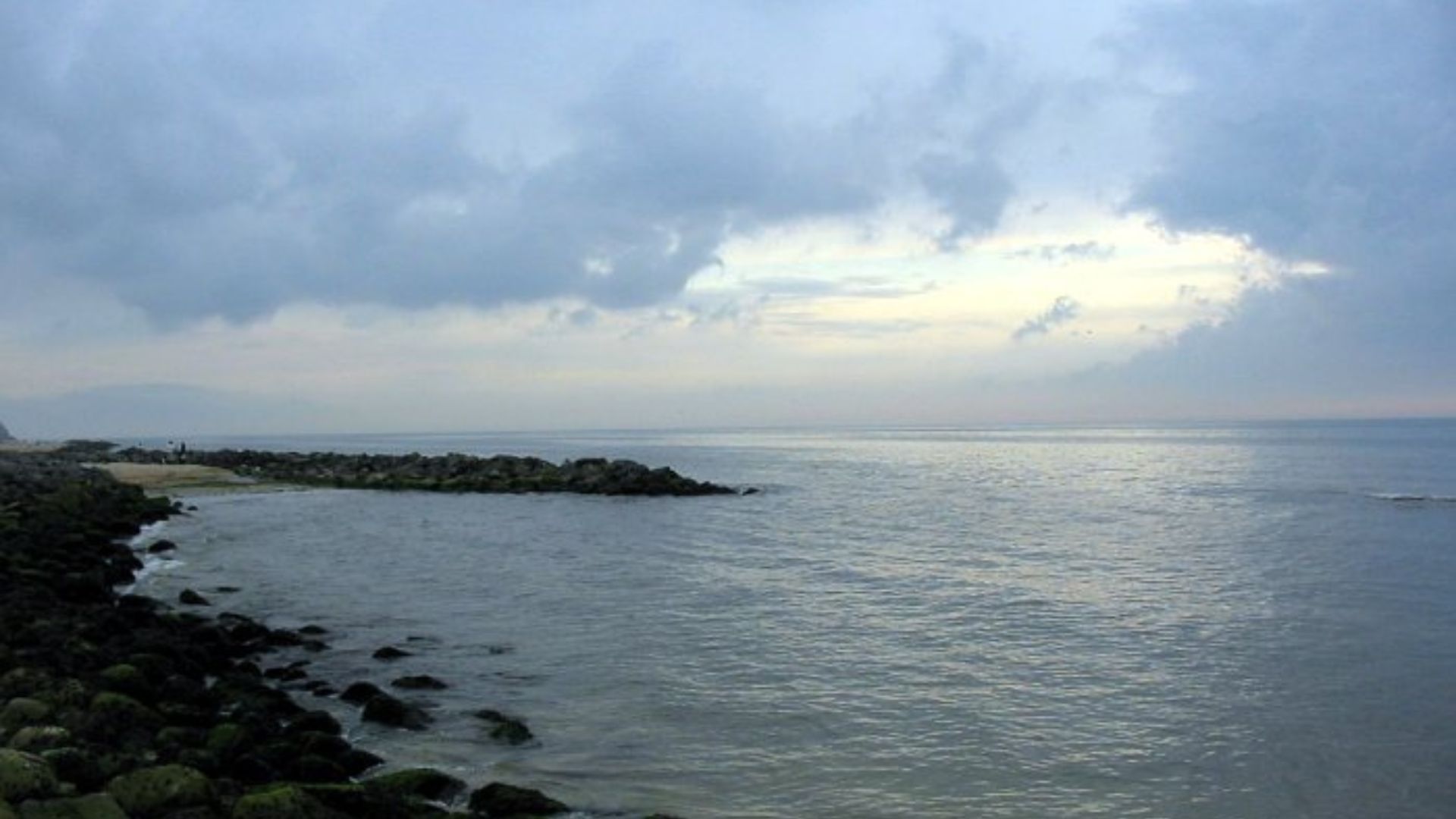
The transportation of the altar stone showcases the Neolithic Britons’ advanced maritime capabilities.
This operation would have required durable seacraft and skilled navigation through the tumultuous North Sea.
Cosmic Calculations in Stone Placement
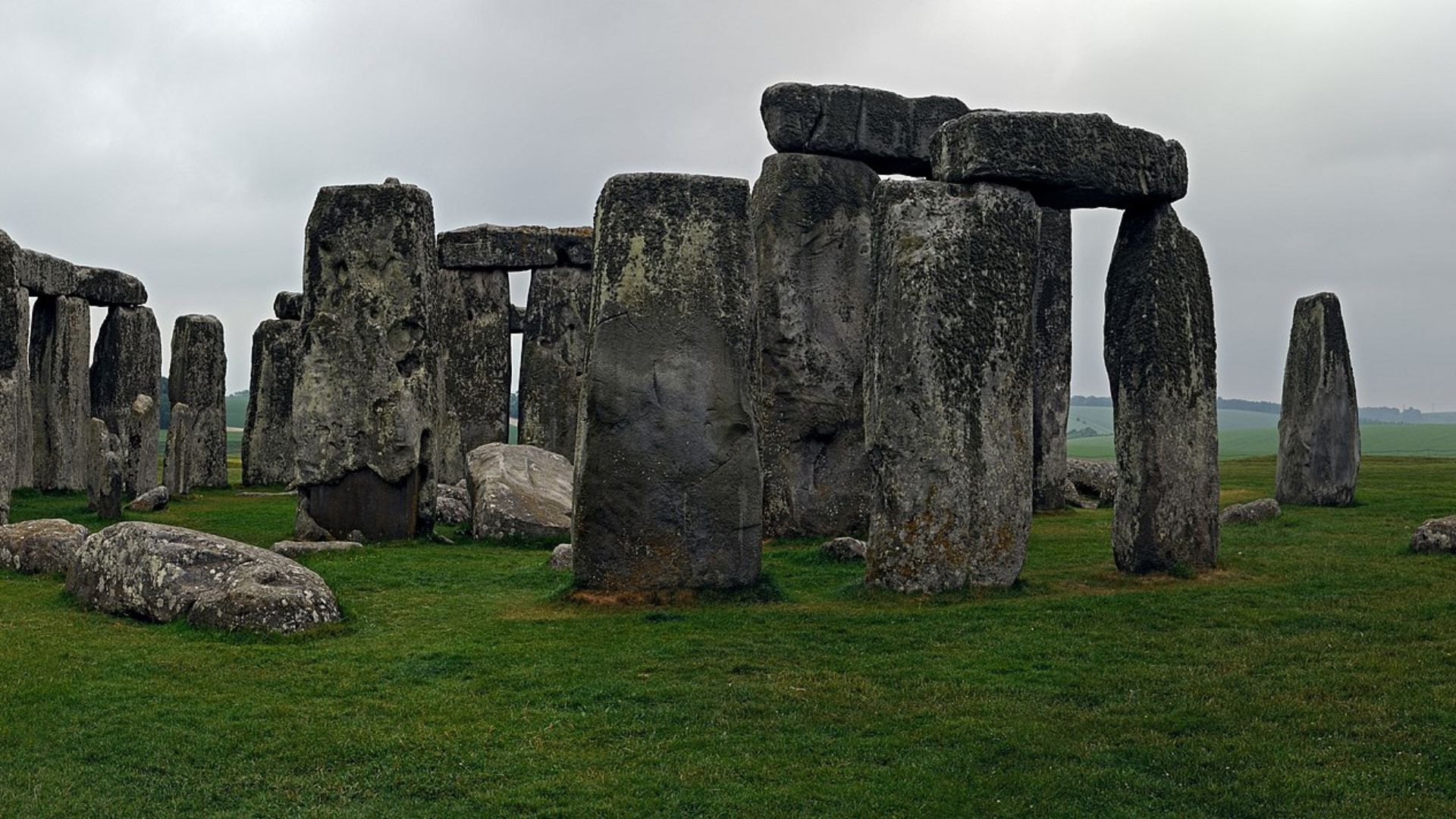
The strategic placement of the altar stone at Stonehenge, precisely where key solar alignments intersect, emphasizes its critical role.
This wasn’t just functional; it was a calculated decision that played a significant part in the site’s religious and ceremonial life.
A Testament to Ancient Unity
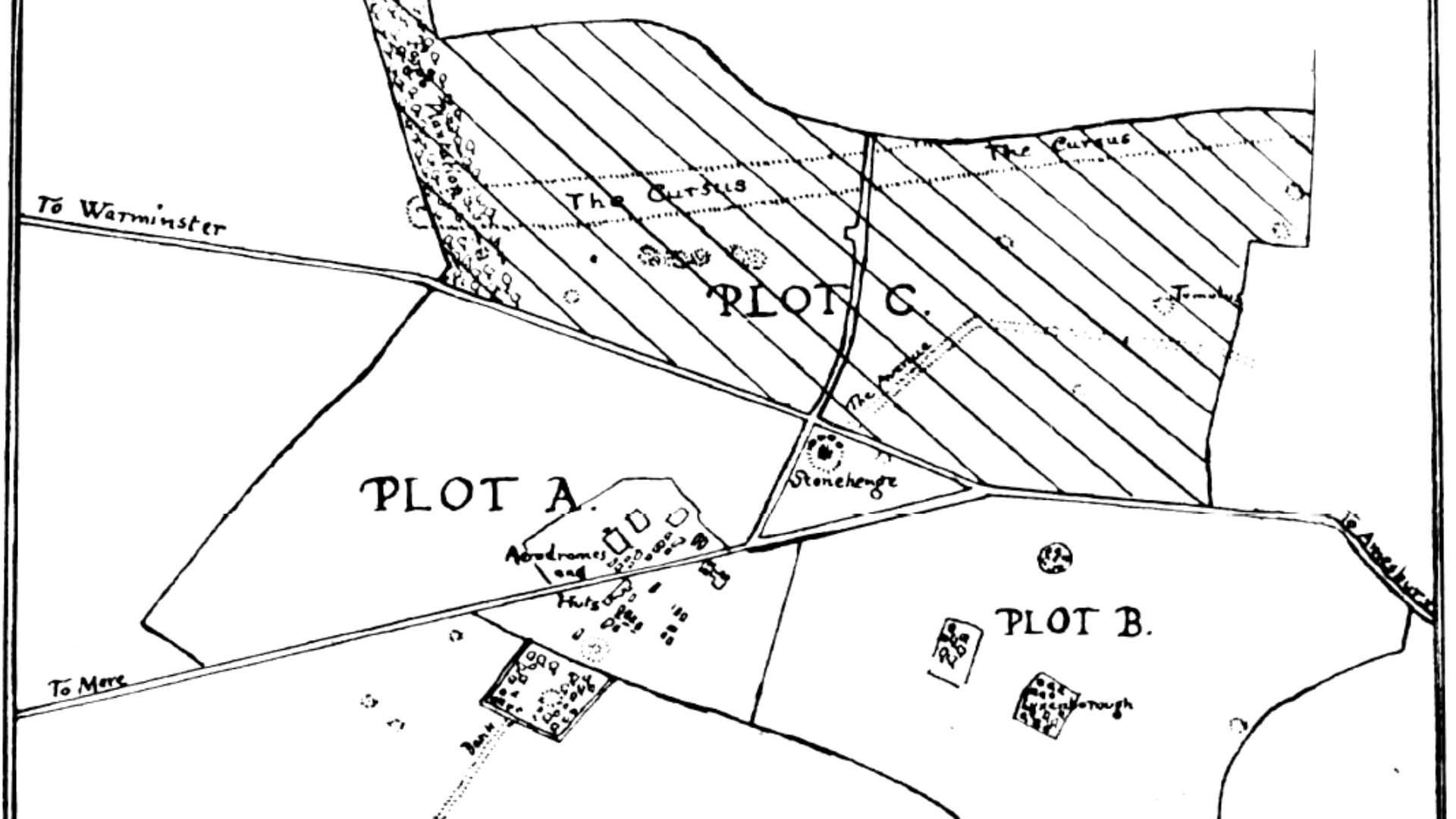
The effort to transport the altar stone across such a vast expanse is a powerful testament to the extensive political and religious networks of the time.
This level of coordination suggests a complex societal structure capable of organizing large-scale projects.
Dr. Ixer’s Reflections on Stonehenge’s Engineering
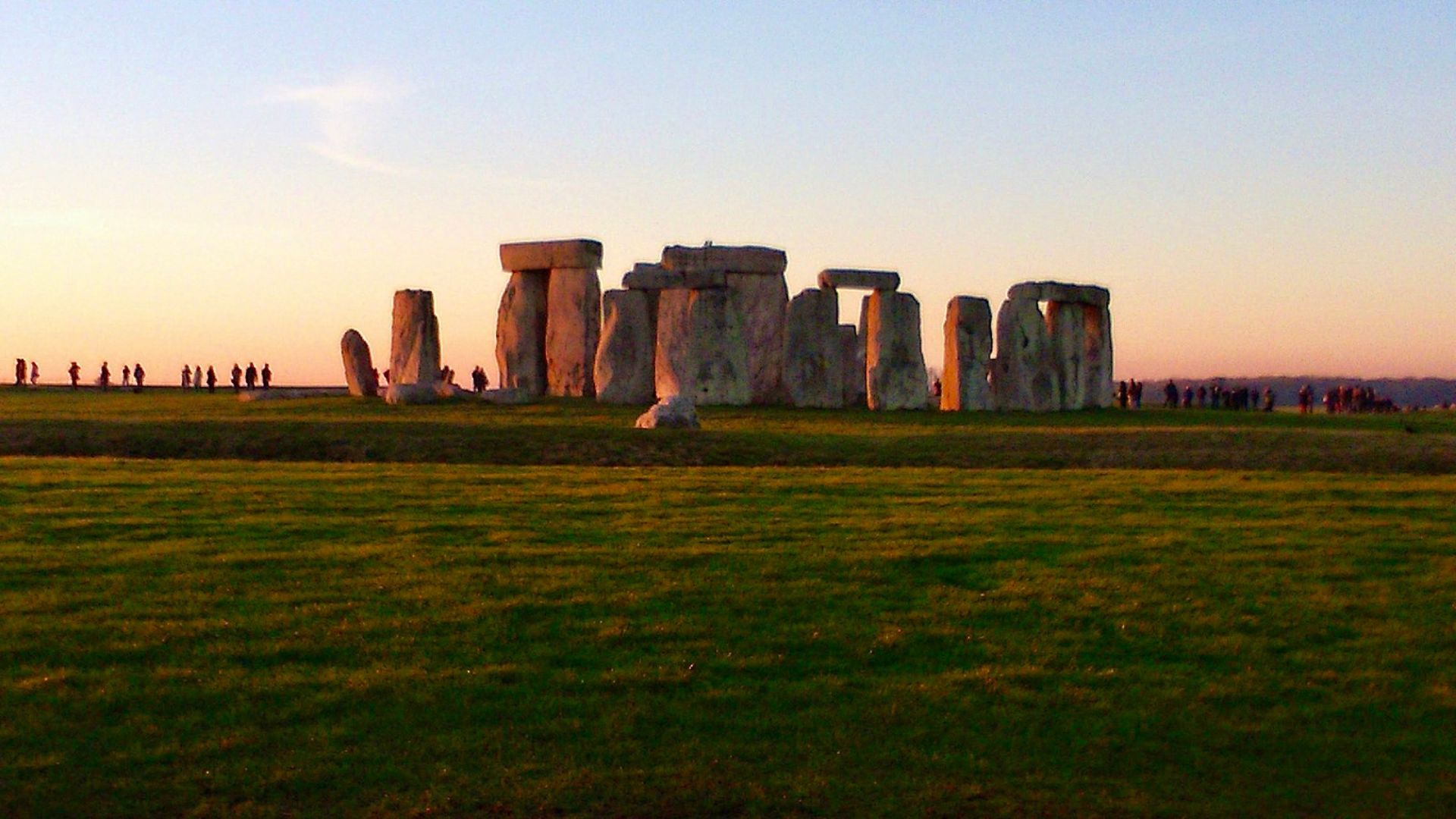
Commenting on the site’s construction, Dr. Ixer expressed his awe: “The science is beautiful and it’s remarkable, and it’s going to be discussed for decades to come… It is jaw-dropping.”
This enthusiasm speaks volumes about the intricate planning and engineering that went into the building of Stonehenge.
Orkney’s Stone—A Deliberate Choice

Using a stone from Orkney at the heart of Stonehenge likely signifies a deep cultural or spiritual acknowledgment of Orkney’s importance in Neolithic religious and architectural circles.
This decision was not made lightly; it was a deliberate move to weave Orkney into Stonehenge’s spiritual narrative.
Sparking New Archaeological Investigations
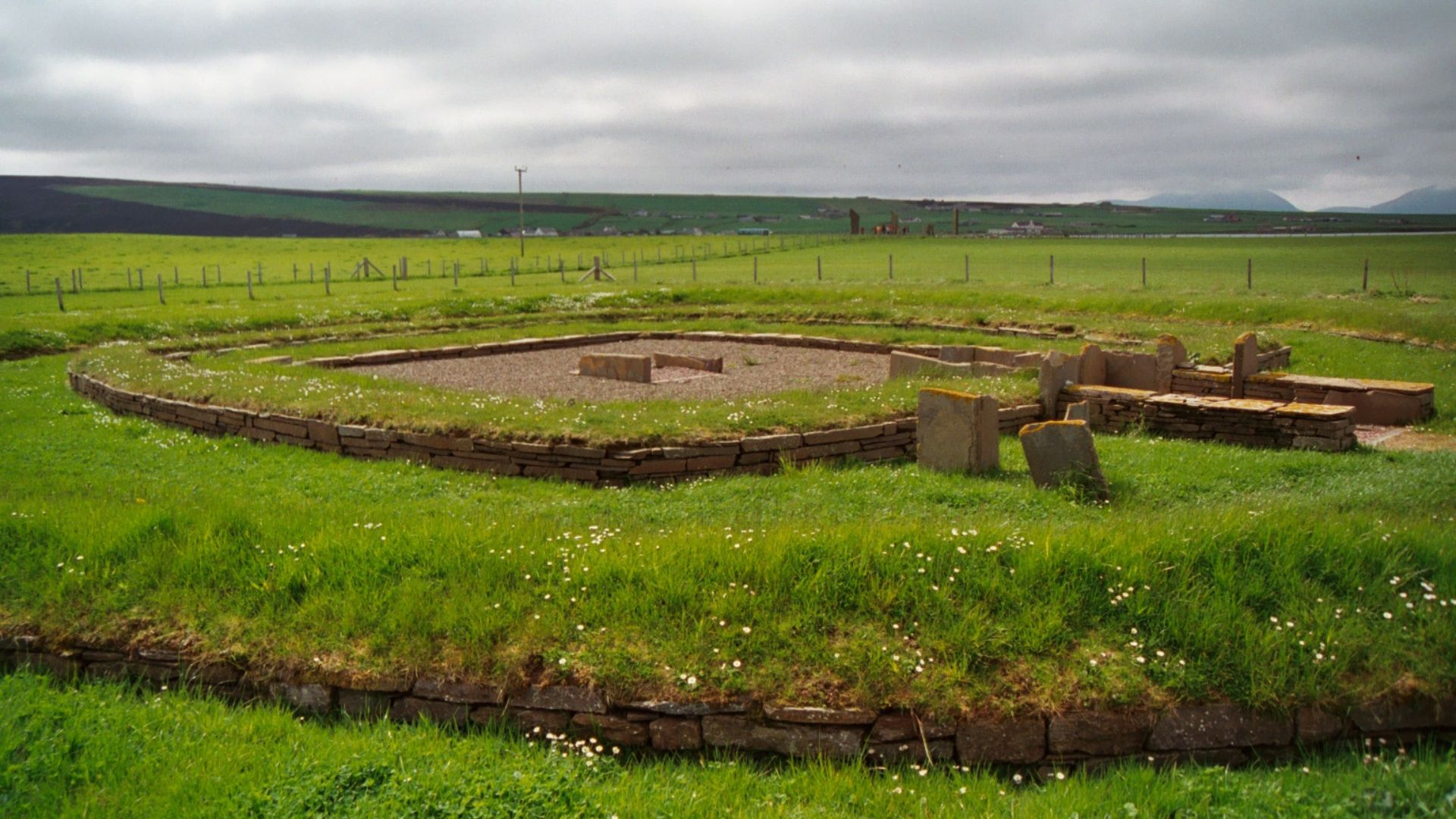
This discovery has ignited new investigations into how Neolithic communities across Britain were interconnected.
Archaeologists are now delving deeper into these links, each finding bringing us closer to understanding the complex societal web of ancient Britain.
Continual Revelations at Stonehenge
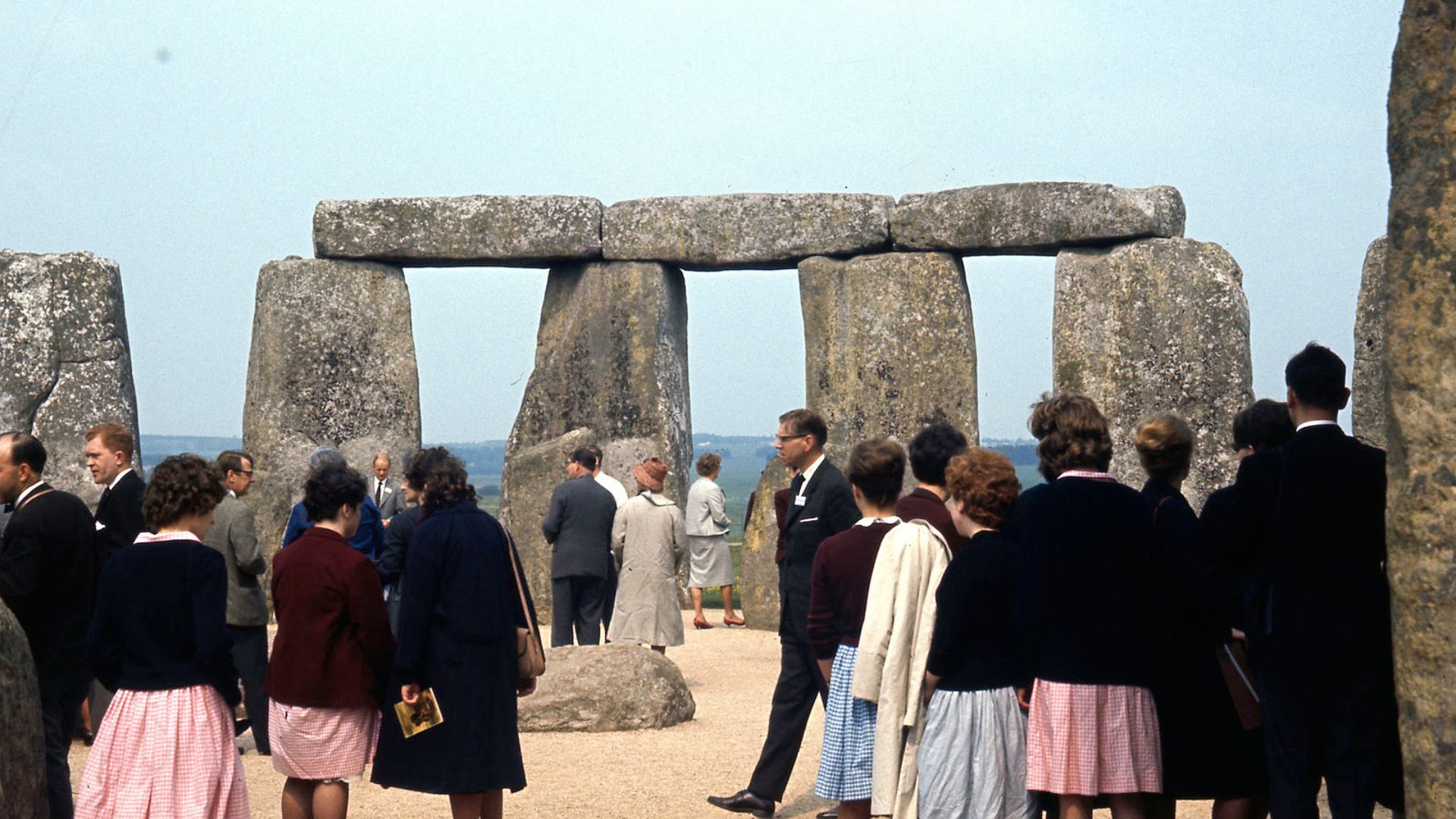
As research continues, Stonehenge keeps offering new insights into Neolithic life.
This iconic site remains at the forefront of archaeological study, with each discovery adding depth to our understanding of the social, technological, and religious strides made by ancient Britons.
